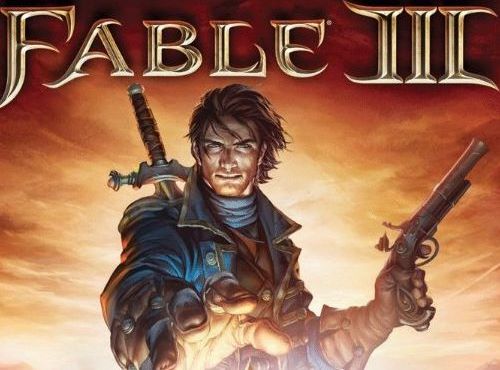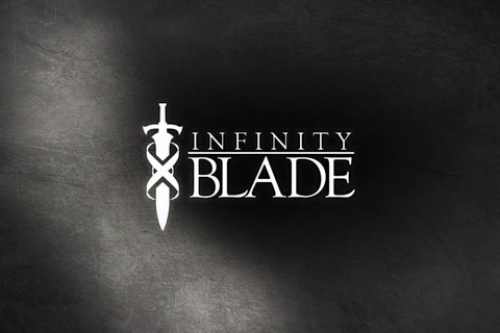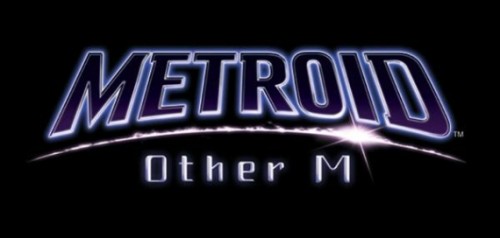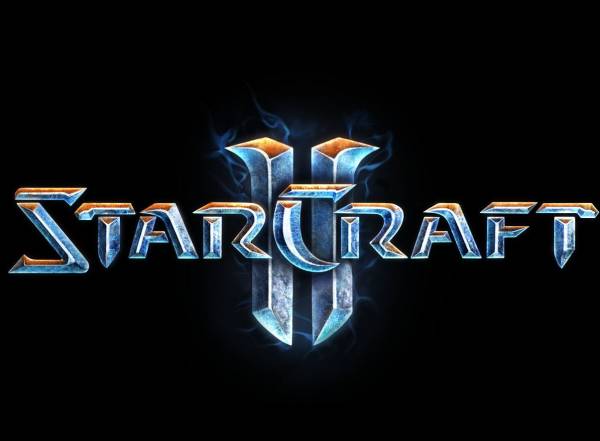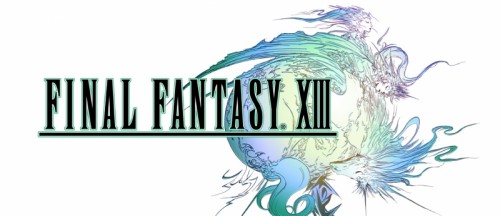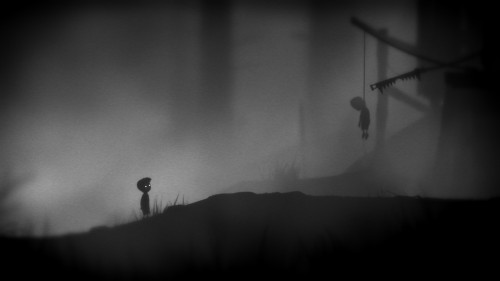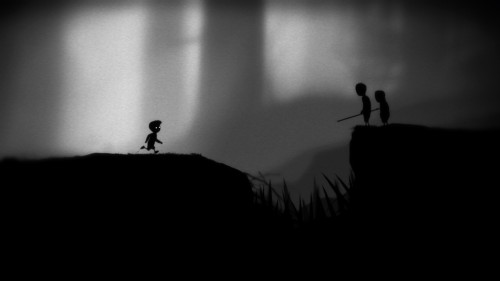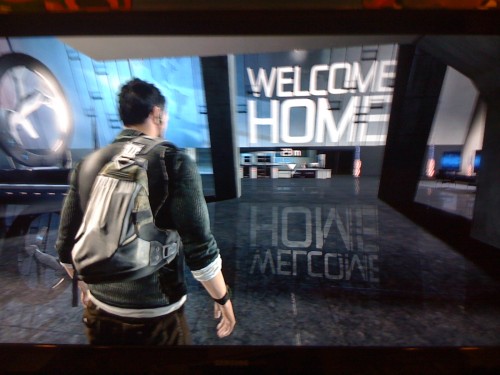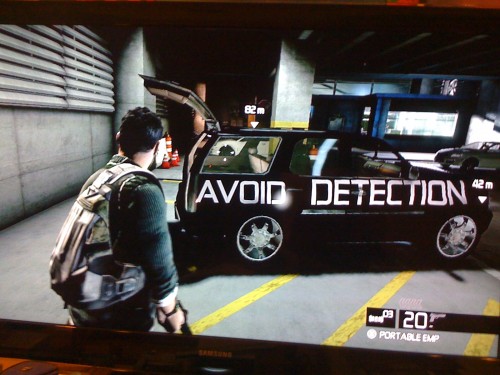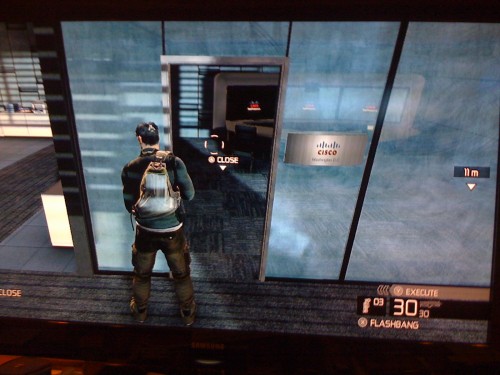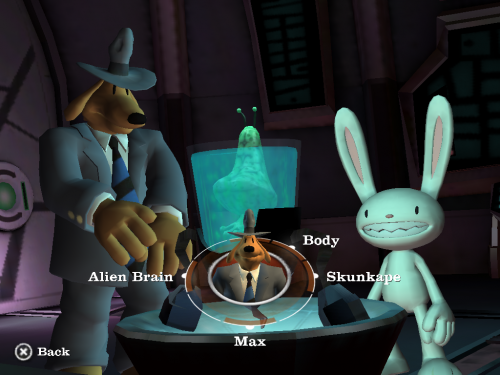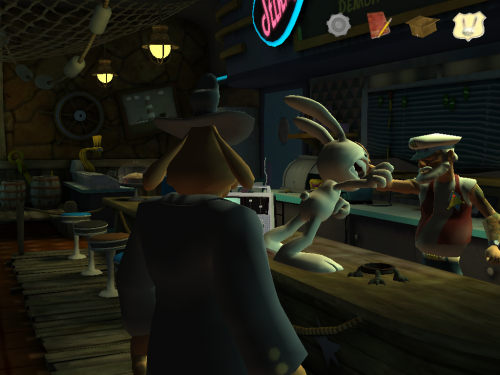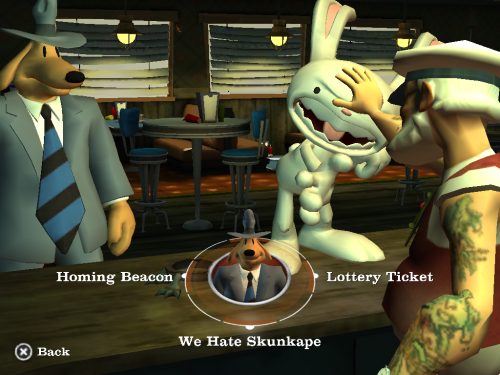When I think of my experience with Fable 3, there’s one description that keeps coming to mind: My First RPG.
Everything from the combat to the storyline to the character advancement system just screams out n00b. It’s not necessarily a bad thing depending on your level of RPG game experience, but as someone expecting a game with a decent amount of substance, I came out of Fable 3 feeling a bit hollow.
The game’s story has an epic foundation with a tale of tyranny and revolution, but felt rushed and predictable enough that I never had the opportunity to feel any sort of connection with any of the characters or situations. At least in Fable 2, I actually cared enough about my dog companion throughout the ordeal that when some tough decisions had to be made, I at least was given pause. Not so in Tres.
It’s a shame, because the entire last act of the game actually hinges on you making some “tough” decisions. If the developers had gotten me more invested into the citizens and characters of Albion, the game would have been drastically changed. Maybe I’ve just been spoiled by the maestros at Betheseda or Bioware, having played all of the Elder Scrolls, Mass Effect, and KOTOR games.
Combat is enjoyable enough by virtue of being laughably easy and simplistic. You have the customary Fable arsenal of melee, ranged, and magical attacks that correspond to each of the face buttons on the controller. It’s fitting that the only attacks you can do are with the buttons on top of the controller because you could just as well put your face on it and roll from side to side and still come out victorious. Enemies die in a couple of hits and rarely require anything but mashing the button harder to kill. I ended up finishing the game without dying a single time and it wasn’t for lack of trying.
All of the battle situations in the game feel artificial and shallow. There’s no memorable encounters or boss battles to speak of. The game doesn’t even mix up enemy types for you! I could count on one and half hands the number of different enemy types in the game. If the criteria was different enemy behavior, well lets just say that might just be counted on three fingers. It’s like the game designers went “Ok, here’s the skeletons encounter! Let’s just spawn 20 skeletons and have them go at it. Now over here is the mercenary fight. What makes mercenaries different from the skeleton warriors? Well they have skin and hair on them, DUH.”
Many of the quests in Fable 3 feel like they were designed in 2004. There’s way too many generic “FedEx this package to another villager,” “kill x number of bats,” and “escort this dude to here” quests. Again, these are the basic foundations for RPG questing, but after playing through three of these games I was hoping for more. That being said, there were a couple of interesting situations in the game. One involved a deranged talking treasure chest wanting to play chess with you in a haunted house. Another was an almost meta-game take on playing a traditional board game RPG in a medieval setting.
It took me almost two months after Fable 3‘s release to play through it. Why? Because that’s how long it took Lionhead/Microsoft to release a patch for the game fixing critical issues like freezing and crashing. To their credit, I didn’t come across any show-stopping issues during my playthrough. Still, it’s really appalling that broken games are rushed to stores just to make a holiday shopping deadline.
Would I recommend Fable 3? If you’re a veteran of the RPG genre with games like Fallout 3 or Oblivion or even World of Warcraft under your belt, I’d skip this. Even if you’re a fan of the Fable series, there’s really not much fulfillment in terms of story or gameplay to be had here. Your time would be better spent elsewhere. However, if you’ve never played a “serious” RPG video game before or want to introduce someone to the genre, Fable 3 would act as a good set of training wheels. It’s still a solidly executed title at it’s core.
